A quality IT firm starts with your business needs and processes, and develops technology planning and implementations around those, rather than the other way around. In that way, they can assure that your IT spend is aligned with your business goals and improving your business productivity and profitability.
A clear example of that is getting the HR and operations side of your business and IT in sync on your onboarding/offboarding process. There are lots of variables and aspects to this, but with today’s dependence on technology, having a good onboarding process can not only make a great impression on your new employee, but it can also improve how fast that new employee becomes productive. Likewise, on the offboarding process, it can smooth the transition of that departing employee’s responsibilities to someone else and ensure that you retain the necessary data for archival and legal purposes.
When a new employee (or consultant) starts with a business, there is typically a long list of things that they need (desk, business cards, name plaque, etc.). Amongst those are their technology needs. Some thought needs to go into this, as well as giving your IT crew some runway to get everything in place and configured. These onboarding considerations include items like:
- Start Date
- Full Name
- Desired Username
- Platform (Laptop/Desktop)
- Required OS (Win10, Win11, Linux, Windows Server)
- User Type (Light, Normal, Power User)
- Distribution Groups
- Security Groups
- Check off list of Software Required (e.g., Microsoft 365 Business Standard, Acrobat, QuickBooks, etc.)
The resulting documentation should also have some items that IT completes, such as computer serial number/asset tag, extension assigned to user, etc.
On the other side, coordinated offboarding is also important. One vital point is does the employee knows they are going to be offboarded? If not, then secrecy and timing are critical.
A summary of some of the common offboarding items to consider are:
- Confidential Termination
- End Date
- Exact Time (if confidential)
- Person to receive forwarded email
- Person to receive forwarded phone calls
- Archive Email (Save as PST or convert to shared mailbox)
- Archive PC Data (just key folders or image of computer)
- Equipment to be returned
- Software or Licenses to be disabled
Although each business is different, generally a business can come up with a form that outlines the new employee’s technology needs and the organizational requirements when an employee onboards/offboards. A business-process oriented IT firm will work with the HR and operations departments to develop such a form and use it to improve the employee experience and organizational effectiveness.
SpotLink has been helping businesses improve their onboard/offboarding processes for years. We are happy to share with current and new clients our templates and help them improve their HR/Operations processes as well.
Robert Hood
CEO & Founder
SpotLink

